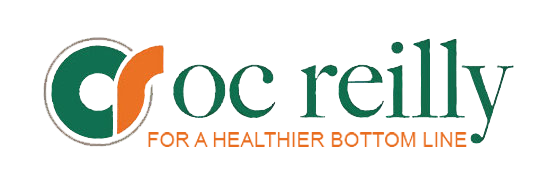By Bill O’Connor, President and CEO, OC Reilly, Inc.
(January 14, 2019)–You see it, far off on the horizon. A stand of palm trees, the promise of shade, water, and rest. But the closer you get to this oasis, the more you realize it was just a mirage. Wishful thinking, vanished.
So it may seem to health care managers who pursue mergers and acquisitions, ripe with the hope of automatic savings through establishing shared services, lowering costs through attrition. But, according to a recent study conducted at the Wharton School, this too can be only an illusion.
An article appearing in a September 2018 issue of Modern Healthcare* magazine described the study as follows:
Merger and acquisition announcements often tout the benefits of bundling purchases and standardizing their services and supply chain, but a new paper shows that doesn’t yield the savings executives expect.
While those results vary based on the sophistication of the health systems’ process management software, data-sharing and governance structure, the savings are less than expected on average, according to a working paper from the University of Pennsylvania’s Wharton School academics published in the National Bureau of Economic Research.
Horizontal hospital mergers saved acquired hospitals $176,000, or 1.5%, annually on average, which represents only 10% of what is claimed in the merger justification, according to the paper that analyzed hospital supply purchase orders from 1,200 hospitals from 2009 to 2015…While the acquirers saved 6.4% on inexpensive commodities, that was more than offset by a 1.1% expense increase in physician-preference items, according to the paper.
Achieving the anticipated cost efficiencies from health care mergers need to take into consideration an entire set of assumptions, preferences, and established practices like few other industries. Savings are not automatic, as the Wharton study indicates.
In fact, the main reason new mergers don’t achieve the rewards of their projected savings and benefits stems from the fact that the resources in time and effort required to achieve those goals were not calculated into the evaluation of the operation.
Effective supply chain analysis, resulting in a clear goal-oriented plan, can assist health care providers in achieving the cost savings they initially anticipated.
© 2019 OC Reilly, Inc.
